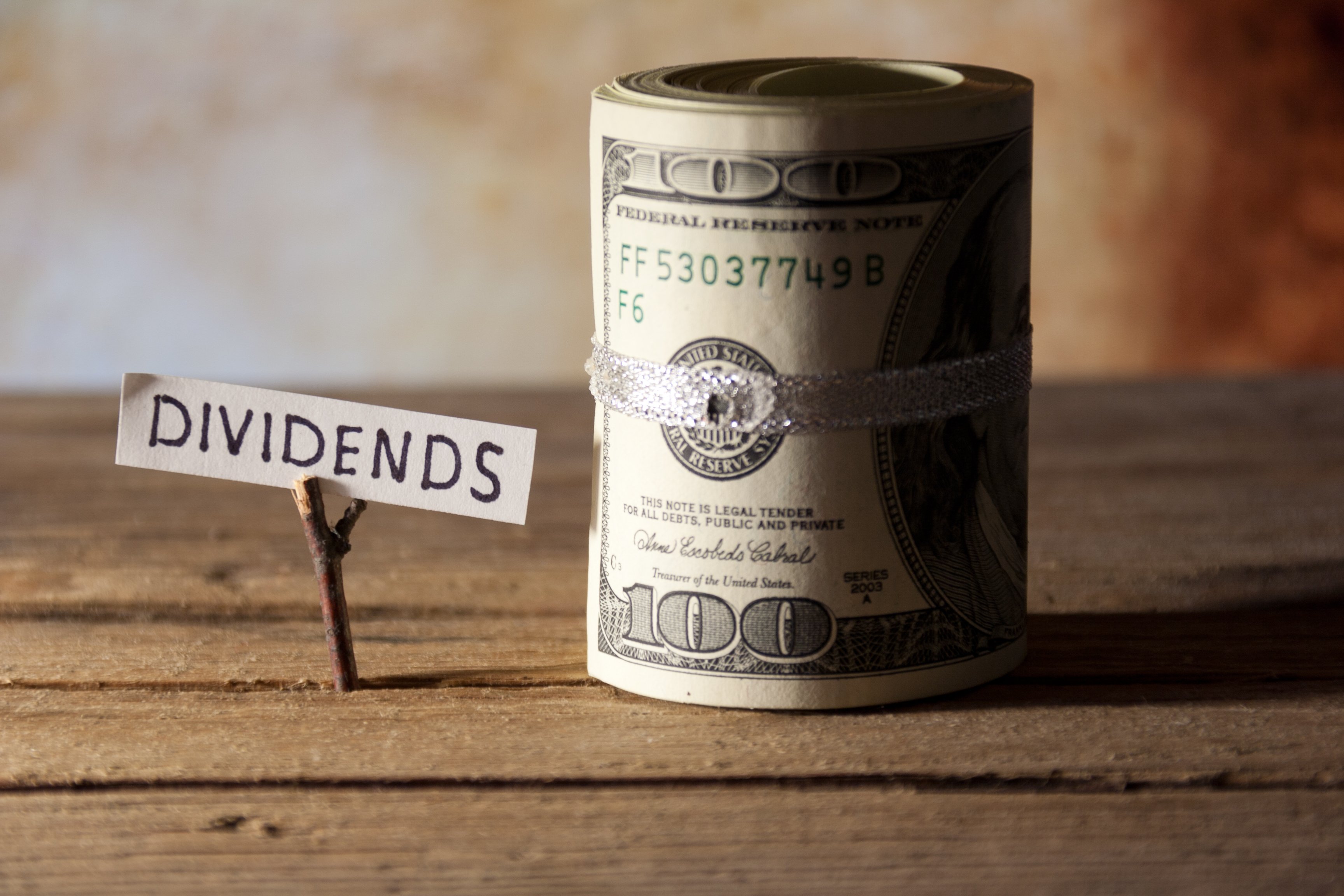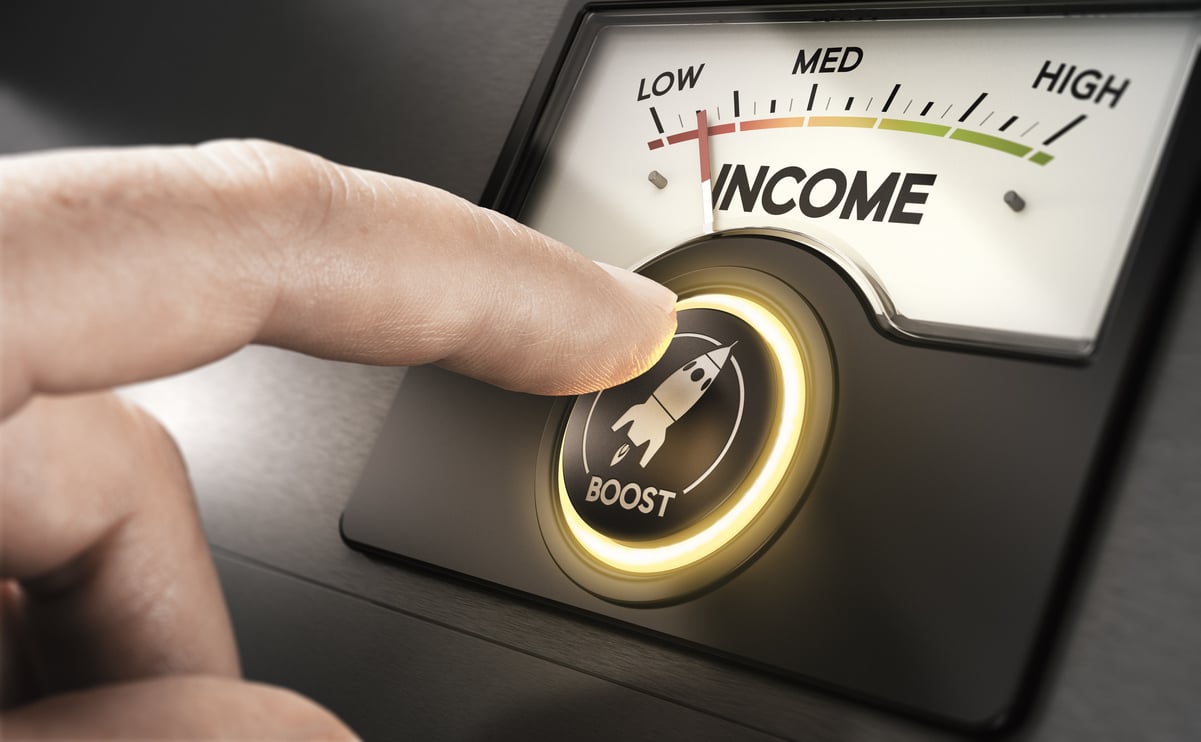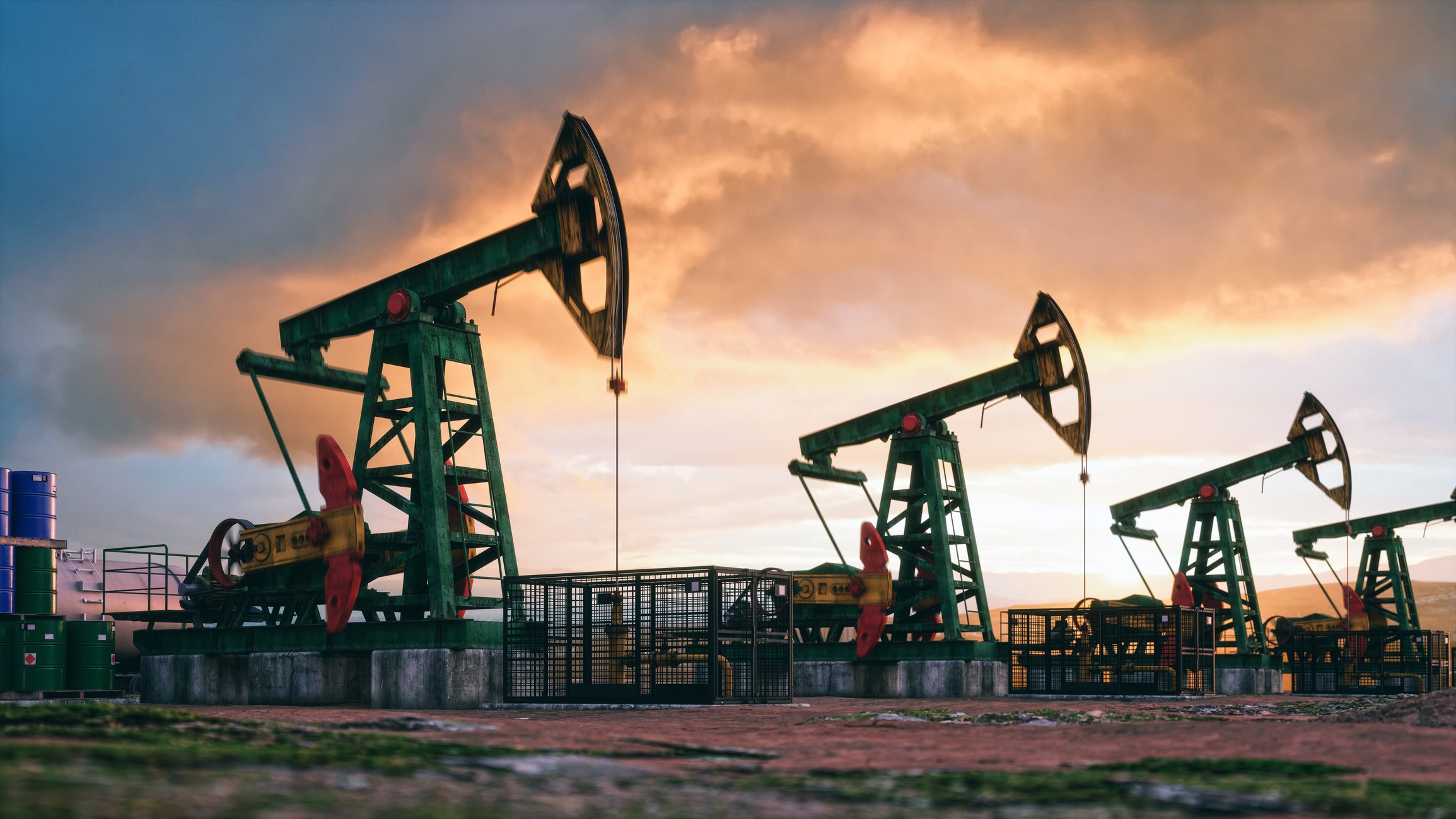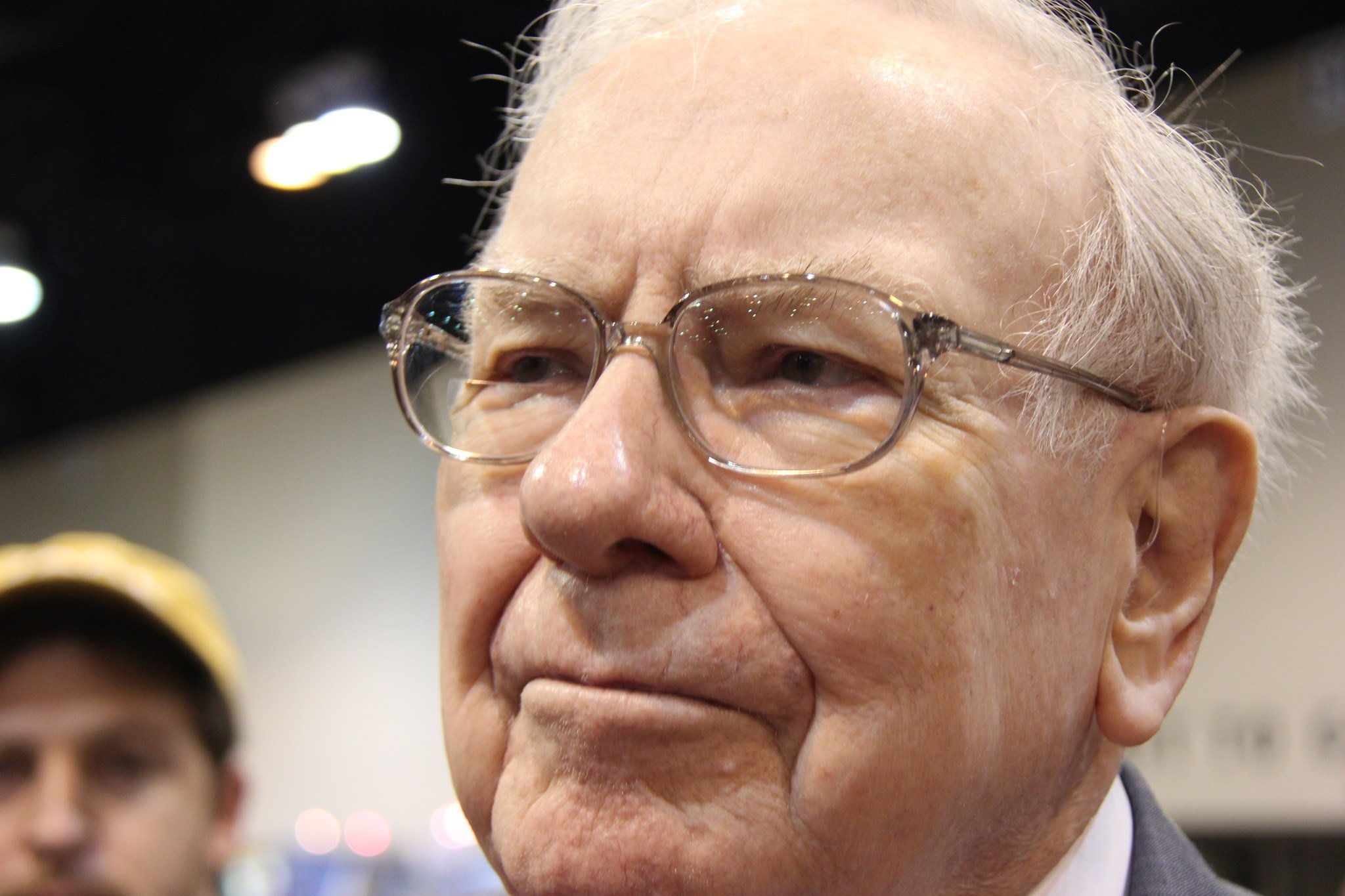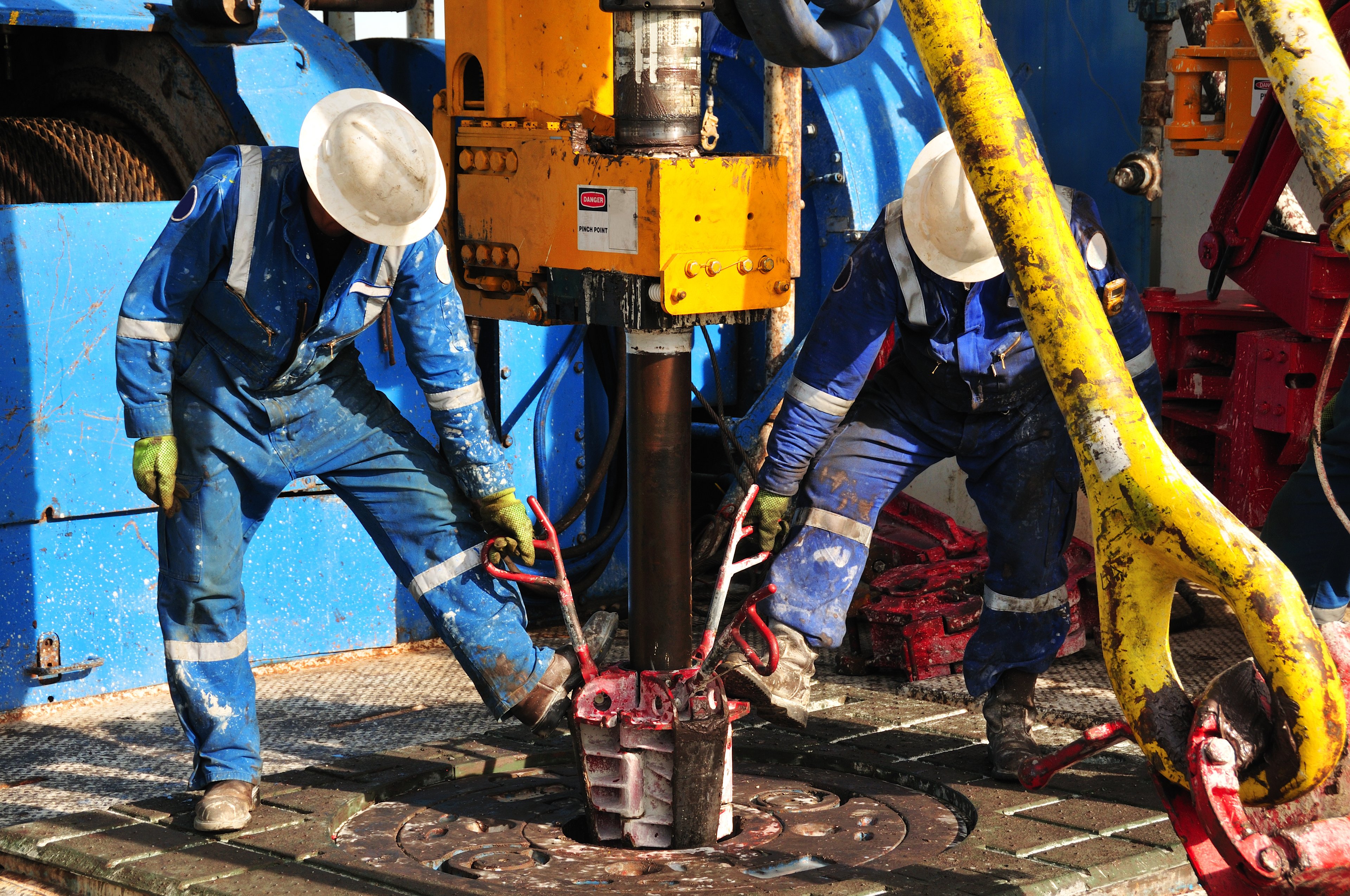While the rest of the oil and gas industry ramps up spending, Chevron (CVX +2.29%) is doing the opposite. Instead of looking to grow production by gaudy numbers over the next few years thanks to higher oil prices and lower services costs, the company is maintaining strict capital discipline to boost free cash flow and return value to shareholders. We saw the benefits of this plan this past quarter, as management announced an ambitious share repurchase program. But we also saw the consequences, as production growth was hampered by asset sales.
Let's dig into the company's most recent earnings results to see how Chevron's strategic plan is shaping up, and what it could mean for investors over the next few years.

Image source: Getty Images.
By the numbers
| Metric | Q2 2018 | Q1 2018 | Q2 2017 |
|---|---|---|---|
| Revenue | $42.2 billion | $37.8 billion | $34.5 billion |
| Net income | $3.41 billion | $3.64 billion | $1.45 billion |
| Diluted EPS | $1.78 | $1.90 | $0.77 |
| Operating cash flow | $6.86 billion | $5.04 billion | $4.97 billion |
DATA SOURCE: CHEVRON EARNINGS RELEASE.
Despite the fact that oil prices were much higher this past quarter, the company's upstream results didn't increase as much as investors might have hoped. Some of that has to do with some asset impairments. And a few asset sales offset production growth from its two liquefied natural gas (LNG) export facilities and its continued growth in the Permian Basin.

Data source: Chevron earnings release. Chart by author.
The highlights
- Oil and gas production averaged 2.83 million barrels of oil equivalent per day for the entire quarter, which was up a modest 1.8% compared to the prior quarter. Even though Chevron has brought on a lot of new products lately between the ramp-up of the Gorgon and Wheatstone LNG export facilities and Permian Basin shale development, it has offset many of those gains with asset sales.
- Management continues to push an asset optimization program that will lead to $5 billion to $10 billion in asset sales between now and 2020. It offloaded a couple of positions in the quarter for $700 million.
- Its shale oil production in the Permian Basin continues to blow past expectations, as production for the quarter was 270,000 barrels per day. Management already increased its Permian guidance in the prior quarter, but this current pace is still well ahead of schedule. Management also went out of its way during its conference call to reassure investors that it had plenty of infrastructure in place to handle the uptick in volumes.
- Because Chevron is still keeping a strict cap on spending, it is generating enough free cash flow that the board of directors initiated a share repurchase program that will start in the third quarter. Management thinks that, at current oil prices, it can target about $3 billion in share repurchases a year.
What management had to say
Aside from a couple of updates on its assets in the Permian Basin and its one other major capital spending project (the Tengiz expansion in Kazakhstan), CEO Michael Wirth highlighted some of the company's asset disposal in the quarter and intentions to sell a couple more to meet its disposal goal by 2020.
"In the second quarter, the company completed the sales of its upstream interests in the Elk Hills Field in California and the Democratic Republic of the Congo," Wirth said. "Additionally, in July we announced our intent to market our U.K. Central North Sea assets."
In addition to these assets, management has said previously that it is currently marketing its downstream refinery and petrochemical facilities in South Africa.
A lot of eggs in one basket
Of all the big oil companies, Chevron is the one whose earnings are going to benefit the most from higher oil prices, because its business is so much more concentrated on the upstream production side of the industry. So the year-over-year gains shouldn't come as a huge surprise.
Going forward, Chevron's management is putting a lot of faith in its Permian Basin assets to drive growth over the next couple of years. Between now and 2022, when the Tengiz expansion is supposed to be completed, it has one major capital project expected to come on stream. That means that the company is going to have to offset the natural decline of its existing assets (as well as any future asset sales) with shale for the next four years.
Granted, management's current plan is to grow Permian Basin production by 300,000 barrels per day between now and then, and actual production has consistently outpaced management projections. However, the company's current capital plans and the recent initiation of a significant share repurchase program suggest that it has no intention of increasing spending on other potential projects.
That is going to put a lot of pressure on a single asset to drive Chevron's growth over the next several years, and any disruptions to the Permian Basin could be a big issue.


